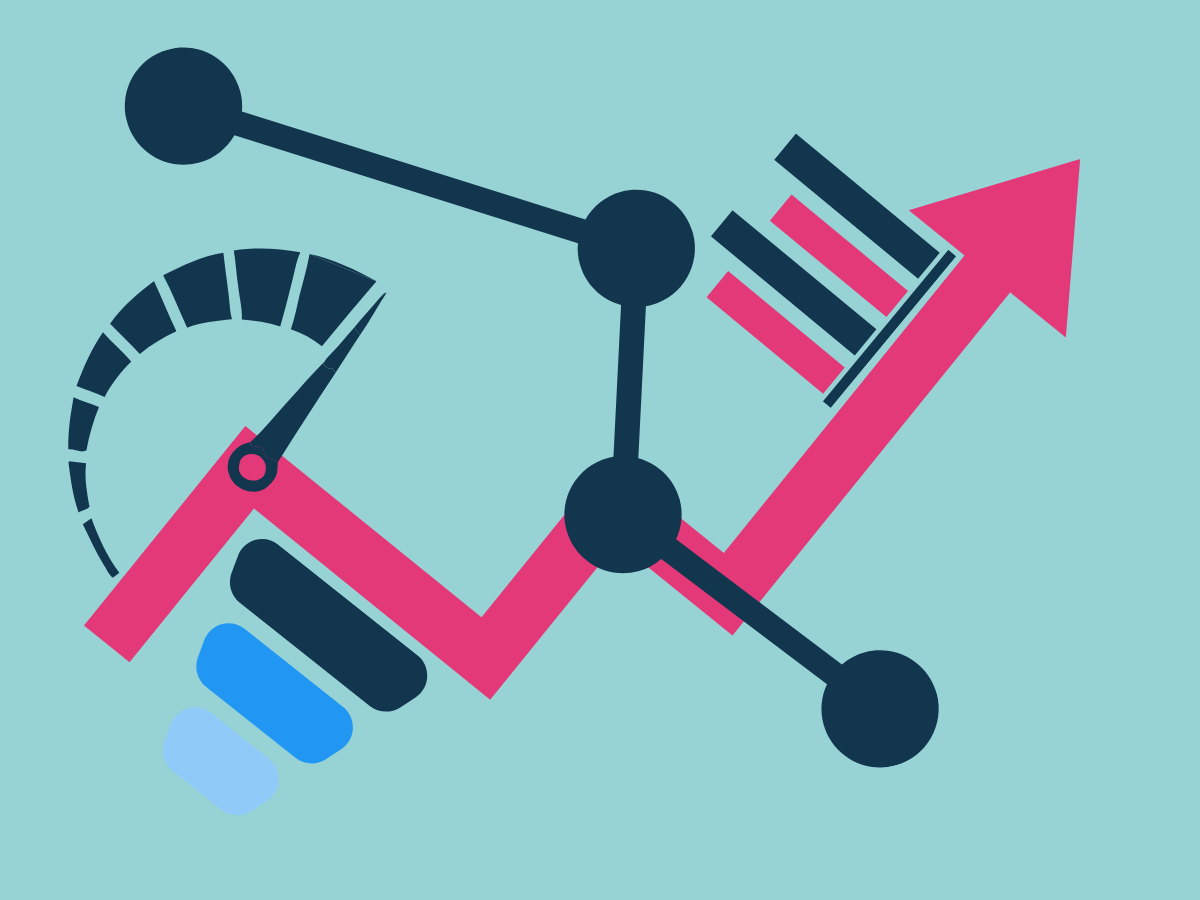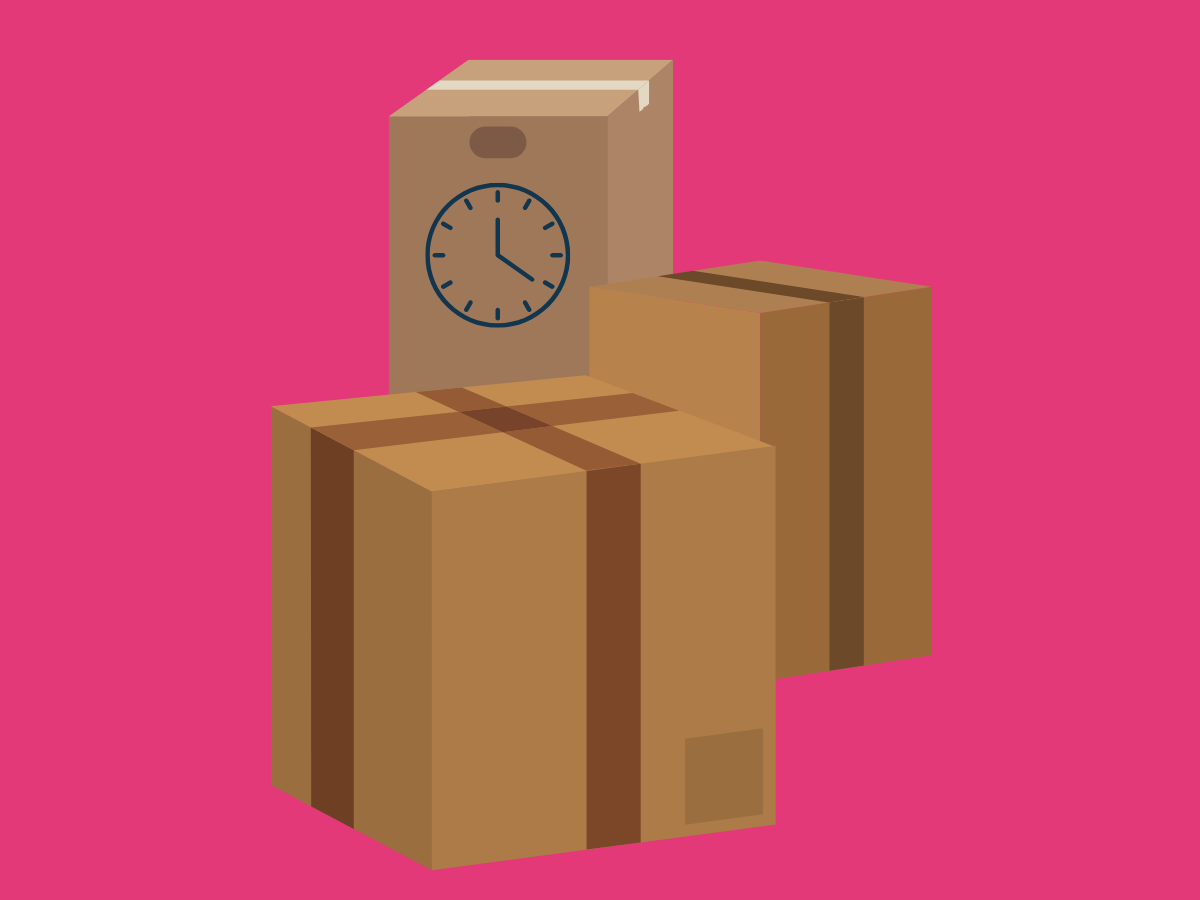Why your sector doesn't determine your profit margins (and what actually does)

Do luxury brands automatically print money? Are electronics retailers doomed to razor-thin margins? Is selling digital products the golden ticket to profitability?
That is the wrong question.
Luxury products often lead to endless profits, while electronics are a margin graveyard. Physical goods become profit killers, posing significant challenges to profitability.
A luxury brand burning cash on poor conversions has worse margins than a well-optimized electronics retailer.
The difference isn't what you sell. It's how you sell it.
Most businesses obsess over their sector's "typical" margins instead of optimizing their performance. This backwards thinking costs them millions in lost profits.
Amazon operates in multiple "low-margin" sectors yet generates massive profits through operational excellence. Meanwhile, countless luxury brands struggle with basic conversion optimization.
Your sector gives you constraints, not predefined outcomes.
The margin myth everyone believes
What the industry tells you:
- Luxury = automatic profits
- Electronics = margin death
- Physical goods = profit destroyer
What happens:
- Poor eCommerce CRO kills luxury profits
- Intelligent optimization saves electronics margins
- Excellent operations make physical goods profitable
Your eCommerce platforms don't care about sector averages. Your customers don't care about industry benchmarks. Your bank account doesn't care what you "should" make.
Results matter. Excuses don't.
Fashion & apparel: The return apocalypse
The challenge: Returns destroy everything you thought you knew about margins.
Fashion faces unique eCommerce CRO challenges. Size uncertainty drives hesitation. Style preferences change daily. Seasonal trends create inventory disasters.
What kills your profits:
- 30-40% return rates
- Seasonal markdown madness
- Fast fashion race to zero
- Shopping cart abandonment during size selection (obviously)
What works:
- Personalization technology for sizing
- Limited edition drops using scarcity
- Discounts and promotions targeted at specific inventory
- Exit-intent offers for abandoning customers
- Virtual try-on reducing returns
- Size prediction algorithms
Your focus: Size confidence and urgency creation
Fashion brands using intelligent incentivization strategies see 8-10% profit improvements versus blanket discounting. The secret lies in matching the right offer to the right customer at the right moment (revolutionary, we know).
Smart retailers implement dynamic discounts and promotions based on inventory levels. Overstocked items receive aggressive promotions, and fast-moving items receive scarcity messaging.
Electronics: The commodity prison
The challenge: Everyone sells identical products at visible prices.
Electronics retailers face brutal price transparency. Customers compare prices across sites within seconds. Product specifications are identical everywhere, making differentiation nearly impossible (yet some retailers manage it anyway).
What destroys margins:
- Price comparison shopping
- Manufacturer pricing control
- Warranty cost absorption
- Technical support overhead

What generates profits:
- Bundle optimization strategies
- Extended warranty upsells
- Trade-in program integration
- Customer experience differentiation through expertise
- Installation service offerings
- Technical consultation value-adds
- Financing option integration
Your focus: Value demonstration beyond price.
Electronics retailers that implement targeted bundle promotions increase average order value by 15-20% without reducing unit margins. The trick is creating perceived value through complementary products.
Bundle strategies that work:
- Camera + memory card + case = higher perceived value
- Laptop + software + setup = complete solution pricing
- Gaming console + games + accessories = ecosystem lock-in
Smart promotion tactics
- Bundle discounts instead of unit discounts
- Trade-in credit incentivization structures
- Financing promotions for high-ticket items
- Technical consultation bookings
Beauty & personal care: The acquisition disaster
The challenge: Customer acquisition costs often exceed first-purchase profit.
Beauty brands face a brutal acquisition reality. Customers research extensively, influencer marketing costs skyrocket, and product development accelerates. Yet brands that crack the code achieve exceptional loyalty.
What kills profits:
- CAC exceeding $100 per customer
- Influencer marketing spend
- Product development costs
- Inventory waste from expiration
What builds profits:
- Subscription model conversions
- User-generated content strategies
- Personalization based on skin type
- Loyalty program incentivization structures
- Quiz-based product recommendations
- Virtual consultation offerings
- Sample program optimization

Your focus: Lifetime value maximization from first visit.
Beauty brands using personalized product recommendations see 10-20% higher customer lifetime values versus generic displays. Personalization extends beyond products to entire customer experience journeys.
Tactics that deliver:
- Skin analysis quiz integration
- Virtual makeup try-on technology
- Subscription box conversions
- Loyalty point redemption optimization
- Seasonal product rotation strategies
Home & garden: The logistics nightmare
The challenge: Shipping costs destroy unit economics.
Home retailers wrestle with physics. Large items cost more to ship, seasonal demand creates inventory challenges, and installation complexity adds service costs. Smart retailers turn these challenges into competitive advantages.
What destroys margins:
- Bulky item shipping costs
- Seasonal demand volatility
- Assembly complexity
- Returns logistics

What creates profits:
- Local delivery network optimization
- Seasonal inventory discounts and promotions
- Installation service upsells
- eCommerce platforms with smart shipping calculators
- Room planning consultation services
- Augmented reality placement tools
- White-glove delivery options
Your focus: Local market penetration and seasonal timing.
Home retailers using location-based promotions and seasonal optimization reduce shipping costs by 10-15% while maintaining conversion rates. Geographic targeting becomes crucial for profitability.
Geographic strategies:
- Local delivery zone pricing
- Regional inventory distribution
- Climate-based seasonal promotions
- Local showroom integration
The universal profit drivers
These work regardless of what you sell:
Smart promotion targeting: Stop giving discounts and promotions to customers who'd buy anyway. Use behavioral signals to identify price-sensitive segments.
Inventory-driven offers: Use discounts and promotions to move specific stock, not boost vanity metrics. Overstocked items get aggressive promotions, and popular items get scarcity messaging.
Personalized customer experience: Show relevant products, not popular products. Use browsing history and purchase patterns to customize every touchpoint.
Conversion funnel optimization: Fix abandonment at every stage, not just shopping cart abandonment. Systematically optimize category pages, product pages, and checkout flows.
Platform efficiency: Choose eCommerce platforms that support profit optimization. Not just sales volume.
Dynamic pricing strategies: Implement pricing that responds to demand, inventory levels, and competitive positioning.
Cross-sell and upsell optimization: Increase profit per customer through strategic recommendations and bundle offers.
Metrics that matter
Track these regardless of sector:
- Customer acquisition cost (CAC): What does it cost to acquire a profitable customer?
- Customer lifetime value (LTV): How much profit does each customer generate?
- Conversion rate by traffic source: Which channels drive profitable customers?
- Average order value trends: How do incentivize strategies impact basket size?
- Return rate by product category: Which products drive profitability?
- Promotion effectiveness: Which discounts and promotions drive incremental revenue versus cannibalizing full-price sales?
Your action plan
Stop benchmarking against sector averages. Start optimizing these fundamentals:
Customer acquisition efficiency: Focus on channels that attract profitable customers. Not just any customers.
Conversion rate optimization: Test every customer touchpoint systematically. Minor improvements compound dramatically.
Average order value growth: Use intelligent incentivization strategies that increase basket size without destroying margins.
Retention and repeat purchase: Turn one-time buyers into lifetime customers through an exceptional customer experience.
Inventory optimization: Align discounts and promotions with inventory reality. Not arbitrary sales goals.
The best electronics retailer outperforms the average luxury brand, and the best fashion site beats the average homewares company. Excellence in execution trumps sector selection.
The bottom line
Your sector doesn't predetermine your margins. They're determined by how well you optimize conversions, manage inventory, and incentivize profitable customer behavior.
Focus on eCommerce CRO fundamentals. Not sector excuses. Test everything. Optimize relentlessly. Measure what matters.
Work within your constraints better than your competitors. You'll win regardless of what you sell.
The difference between profit and loss isn't your product category.
It's your optimization strategy.






